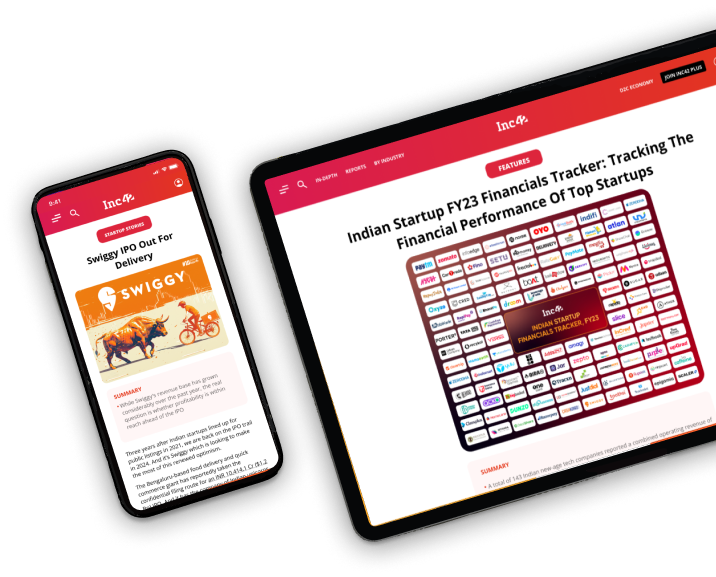
A Location Independent Workforce Can Consist Of A Mix Of Employees And Freelancers
One day last year, I was chatting with my dad about managing a location-independent workforce . In the 80s, he was based in Japan at the largest tech company in the world: IBM. When I asked him what it was like to communicate in a multinational company before email and PCs, he said, “International calls were cost prohibitive and even telex and fax weren’t cheap. So we often used the mail… then waited two weeks for a reply.”
It’s hard for many of us born after 1980 to fathom doing business using something as primitive as paper. Fast forward to today and we have completely remote companies that communicate on the cheap in real time over video, instant messaging and increasingly complex remote collaboration tools. As co-founder of Bolton Remote, a company that enables businesses to take advantage of the benefits of offshore talent, I’ve been monitoring the transition from location-dependence to location-independence among workers. By paying close to attention to this next phase of the death of distance, businesses can take advantage of all it has to offer.
First Steps Towards Lessening the Importance of Proximity
Up until the 1950s, proximity was critical to shipping your product. Limitations in transportation and communication made doing business away from metropolitan areas difficult. In fact, the idea of placing a large factory outside of town — let alone on the other side of the world — was laughable.
Over time, as logistics improved and transport costs dropped, proximity became less and less important. Companies moved their plants out of cities to manufacture wherever they could get the best value for their money. Because of this new tech – think interstate highways, GPS on trucks, shipping container standards, fax machines) – what was once laughable became not only possible but a business necessity.
The Beginning Of A Location-Independent Workforce
Right now, the importance of proximity is changing in a new area: white-collar jobs. The traditional face-to-face, location-dependent job market is shifting toward a remote, location-independent workforce.
Location-independent work has increased 103% since 2005, and an Ipsos/Reuters poll revealed that a fifth of the global workforce currently telecommutes, making them a location independent workforce. But this is not a new phenomenon. Large companies (like IBM) have been leveraging the power of labour arbitrage for white collar jobs for decades by setting up offices around the world to optimise their talent pools.
What is happening now, however, is decidedly different. Faster Internet, better tools (like Slack) and the widespread use of English means everyone – from small startups to large companies – can get the same benefits once reserved for large enterprises with the ability to invest in foreign offices and managers. Companies like Automattic, the developer of WordPress (valued at over $1 Bn), allows their employees to work 100% remotely, a huge plus for location-independent workforce.
Hurdles To Global Adoption Of A Location-Independent Workforce
So, why isn’t everyone putting jobs in the most cost-effective places possible? The short answer is tech.
Moving factories out of cities made more and more sense as the right tech came online, bringing down costs and bringing up efficiency. For white collar collaborative jobs, the tech is about halfway there. Businesses need to understand what jobs can be done remotely today and which they should wait a few years on.
Misconceptions also abound. Remote labor in many circles is still seen as a way to get low-end, low-skilled, task-based work done. This, however, is not necessarily the case. While low-skilled labor pools exist at very competitive prices, there is also an increasing number of highly skilled individuals located in lower cost locations, presenting value-for-money opportunities for companies. Just as the low-cost manufacturing locations of decades ago, like Japan and Korea, went from low-complexity products to high-tech innovation, so now are low-cost services locations, like the Philippines and India, boasting highly educated, experienced and skilled workforces at a fraction of the cost of those in the U.S. and Europe.
To survive and thrive as this transition plays out (hint: virtual/augmented reality will be the tipping point), businesses need to think big in terms of tapping labor pools. In doing so, they will open themselves up to new ways of innovation and growth.
Here are five things to consider when building a global workforce:
- Hiring home-based vs. office-based employees: Working from home is not always culturally desirable in some countries and may be riskier than you think as I wrote about here.
- Hiring full-timers vs part-time freelancers: Someone in a full-time job is focussed solely on your company while a freelancer looks at you as a client. You should consider the type of work this person will be doing and how much a part of your home team you’d like them to be.
- How to interview overseas candidates vs. local candidates: When hiring people in other countries, additional factors come into play when assessing a candidate’s suitability for a role, many of which are country-specific, such as what method(s) of transportation they will take to get to the office, what hours will they be available, and whether they have ever worked with people outside of their own culture before.
- Picking the right remote collaboration tools: With a location-independent workforce, you need to carefully select and build processes around the remote collaboration tools that enable everyone to be most effective. Sometimes the best tool is not the one with the most features, but rather the one that fits your team size, culture, and type of work.
- Selecting the right methods to motivate overseas employees vs. local employees: Motivation and incentives are important and often overlooked because people in different countries and cultures may be motivated by very different things than your existing local employees, as I wrote about here.
The era of location independence in the workforce is transforming how businesses are built and how they manage their workforce. This change we’re seeing reminds me of a quote I read in one of my favourite books, Edward Glaeser’s Triumph of the City:
“Just as globalization killed off New York’s advantages as a manufacturing hub, it increased the city’s edge in producing ideas. While there isn’t much sewing left in New York, there are still plenty of Calvin Kleins and Donna Karans, producing designs that will often be made on the other side of the planet.”
Glaeser’s words tell us that we are headed for a similar fate, and someday the notion of not leveraging a location independent workforce may become as laughable as if New York’s fashion brands never moved any sewing outside of the city limits. Much like the “death of distance” in the mid-21st century, companies that are not constrained by proximity can flourish by embracing this next phase in the death of distance.
[This post first appeared on the Business Collective – an initiative of Young Entrepreneur Council, which is a free virtual mentorship programme that helps millions of entrepreneurs start and grow businesses.]
































 Ad-lite browsing experience
Ad-lite browsing experience